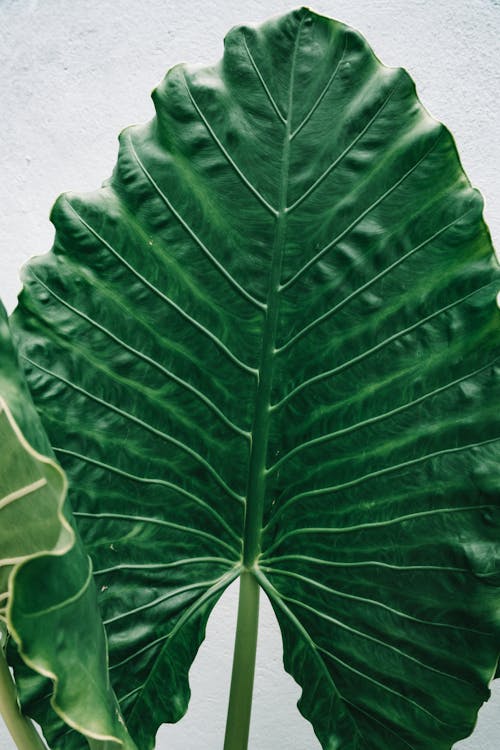
Background and history of the Alocasia (Elephant Ear)
Share
The Alocasia , often referred to as Elephant Ear , has a rich history and is a plant that is admired both in the wild and indoors. Its origins and symbolism make it not only a beautiful plant, but also a fascinating addition to your interior.
Tropical origin
The Alocasia originates from the tropical rainforests of Southeast Asia, especially countries such as Indonesia, the Philippines and Malaysia. In the wild it grows in the shade of tall trees, where it catches sunlight with its enormous leaves. This characteristic has made it popular as a houseplant.
Why the name 'Elephant Ear'?
The nickname Elephant Ear is given to the Alocasia by the shape of its leaves. These are large, wide and slightly curved, reminiscent of an elephant's ears. Some species, such as the Alocasia Macrorrhiza, have leaves that can grow up to one meter long!
Symbolism and usage
In some cultures, Alocasia is associated with protection and strength. Its robust leaves are sometimes used to provide shade or to collect rainwater. Parts of the plant are also used in traditional medicine, although the plant is poisonous and should be treated with caution.
A plant with a history
The Alocasia was brought to Europe in the 19th century by botanists who were fascinated by its unique appearance. Since then it has found its way into countless homes and remains a popular choice for plant lovers worldwide.
With its rich history, tropical origins and imposing appearance, the Alocasia is more than just a plant. It tells a story and adds a touch of exotic charm to any space it is placed in.
